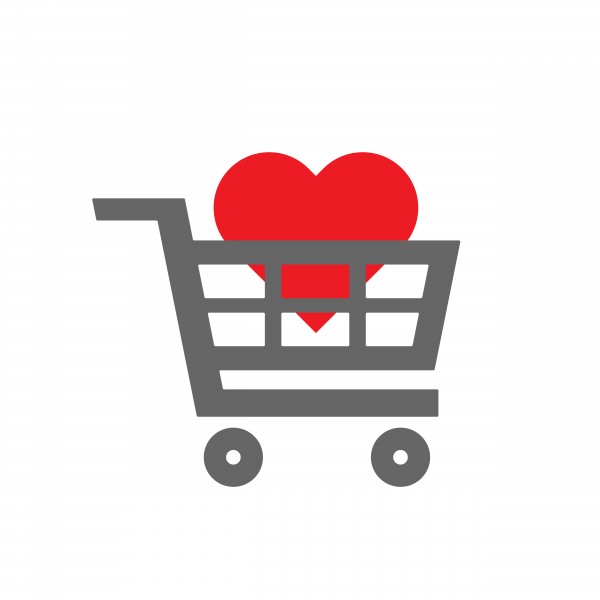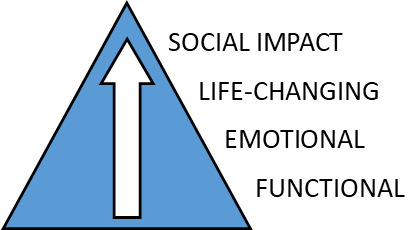 As a marketer, I’m always wondering what makes people buy what they buy. Are they attracted to the packaging? Do they have affinity towards the brand? Does the price fit their budget? Does it solve their unique problem better than a competitor’s offering?
As a marketer, I’m always wondering what makes people buy what they buy. Are they attracted to the packaging? Do they have affinity towards the brand? Does the price fit their budget? Does it solve their unique problem better than a competitor’s offering?
We’re all consumers of things, whether we’re consuming them on a personal level or making buying decisions on behalf of our companies. The unique psychology behind consumer buying behavior is truly fascinating and reminds me of my college days when the world of marketing first started capturing my imagination. I had initially started out pursuing a degree in journalism, but when I took a Marketing 101 class and started learning about Maslow’s “Hierarchy of Needs,” I was hooked.
Initially published in 1943, Abraham Maslow argued that our actions rise from an innate desire to fulfill a range of needs from the very basic, including food, water, air, security, warmth, to the very complex, involving self-actualization. His model was eventually organized into a pyramid, with the basic needs at the bottom, moving up to transcendent achievement at the top.
Recently, I came across a similar pyramid that described the elements of value that consumers place on their buying decisions. It was organized into 4 levels that addressed four types of needs consumers possess when it relates to their buying behavior including functional, emotional, life changing and social impact.
At the very bottom of the pyramid are the FUNCTIONAL needs including:
- Saving time
- Reducing risk
- Making money
The next level up are the EMOTIONAL needs including:
- Reducing anxiety
- Fun and entertainment
- Providing a reward/significance
From there, the pyramid moves to LIFE-CHANGING needs, like:
- Providing hope
- Providing motivation
- Affiliation and belonging
And finally, the pyramid piques with SOCIAL IMPACT, providing:
- Self-transcendence, or the client’s “ideal” state

So, what’s love got to do with it? Everything, in my opinion.
When consumers make a buying decision, they more than likely want to achieve that highest, self-transcending, self-actualizing level, a.k.a. their “ideal” state. They are asking themselves if your product/service is likely to get them to that place. They want to love their buying decision.
How do they decide if they love what you offer enough to choose you? By looking at the incremental solutions your product/service provides within those various segments of the pyramid.
For example, perhaps their key needs revolve around saving time, reducing anxiety, and providing hope. You can develop your unique marketing message by understanding and communicating how your offering meets those needs. Try these simple steps to distinguish your marketing message from the clutter:
- Step through each of the levels in the pyramid (Functional, Emotional, Life Changing, Social Impact) and write out how your product/service meets each of these needs.
- Look at your current clients and see if you can find a pattern as to how they decided to work with you, that is, which boxes you ticked for them.
- Ask your clients why they chose you over another company to get an even clearer picture.
- Create value statements for each of the elements. For example, how does your product/service reduce anxiety? How does it save time, reduce risk, etc.?
By understanding why your company is chosen over others, you can create outbound marketing messages that showcase your company’s intrinsic value in each of the buying behaviors. When your prospects can clearly see how you can help them meet their ideal, you’ll realize that love has everything to do with it.
